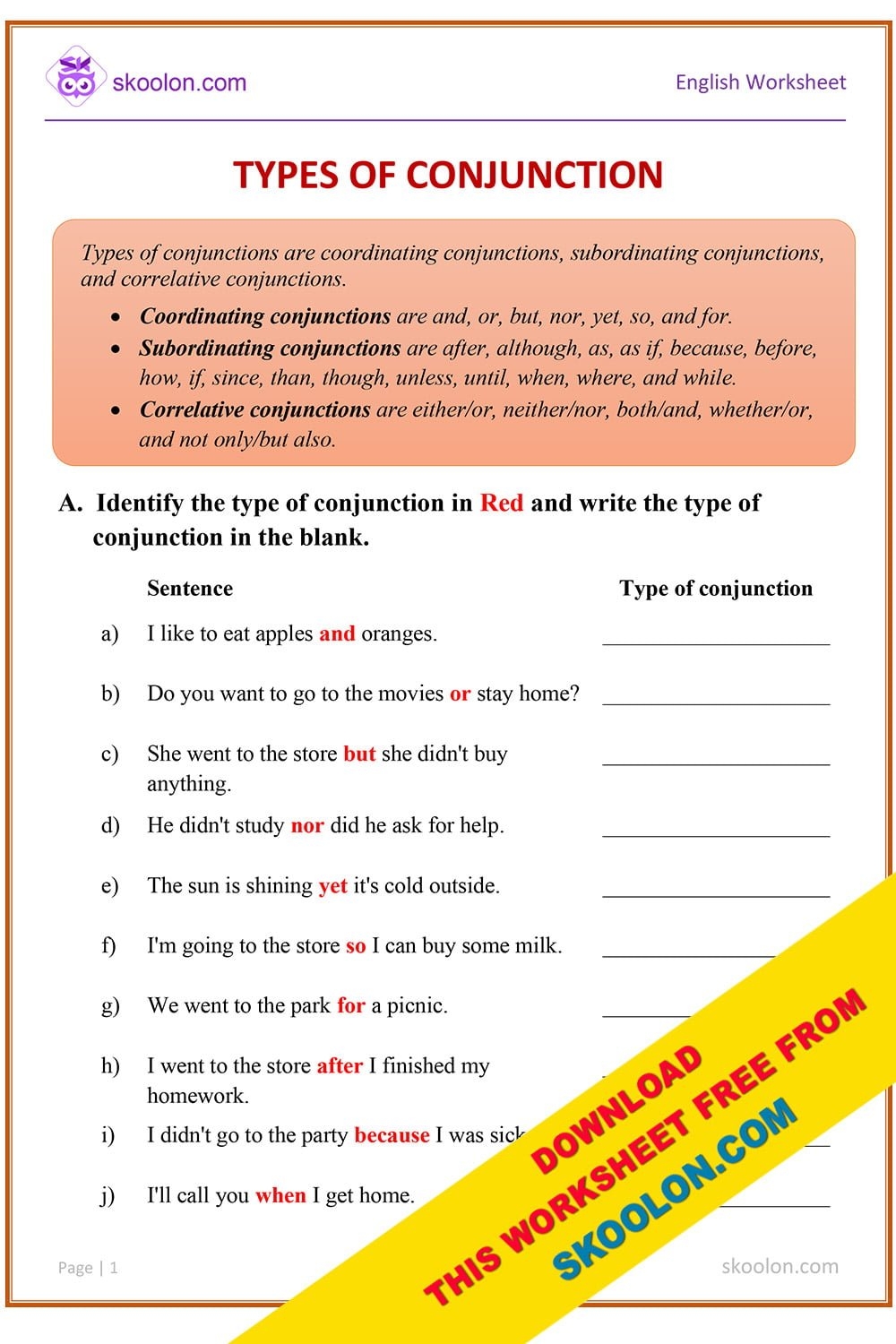Conjunctions are important parts of speech that connect words, phrases, or clauses in a sentence. They help to create flow and coherence in writing. There are different types of conjunctions that serve different purposes in a sentence.
In this article, we will explore four types of conjunctions and how they are used in sentences. Understanding these types of conjunctions can help improve your writing and communication skills.
Types of Conjunctions
1. Coordinating Conjunctions: Coordinating conjunctions are used to connect words, phrases, or clauses that are of equal importance in a sentence. The most common coordinating conjunctions are “and,” “but,” “or,” “nor,” “for,” “so,” and “yet.” For example, “I want to go to the park, but it is raining outside.”
2. Subordinating Conjunctions: Subordinating conjunctions are used to connect independent clauses to dependent clauses. These conjunctions show the relationship between the two clauses. Some common subordinating conjunctions include “although,” “because,” “since,” “while,” and “if.” For example, “I will go to the beach if the weather is nice.”
3. Correlative Conjunctions: Correlative conjunctions are pairs of conjunctions that work together to connect words, phrases, or clauses. Some examples of correlative conjunctions include “either…or,” “neither…nor,” “both…and,” and “not only…but also.” For example, “I can either go to the movies or stay home and read a book.”
4. Conjunctive Adverbs: Conjunctive adverbs are used to connect independent clauses and show the relationship between them. These adverbs are often used to indicate cause and effect, contrast, or sequence. Some common conjunctive adverbs include “however,” “therefore,” “nevertheless,” “meanwhile,” and “furthermore.” For example, “I wanted to go for a run; however, it started raining.”
Understanding the different types of conjunctions can help you improve the clarity and coherence of your writing. By using conjunctions effectively, you can create more complex and varied sentences that enhance the overall quality of your writing.
